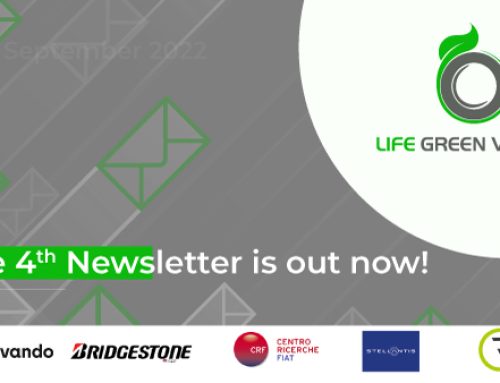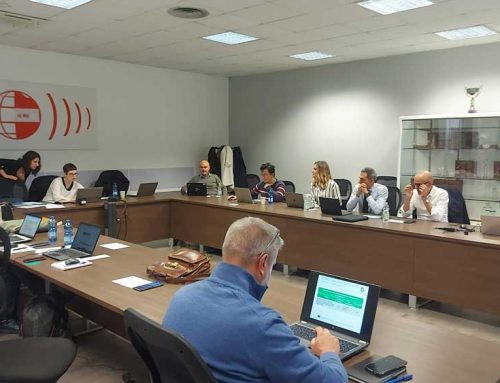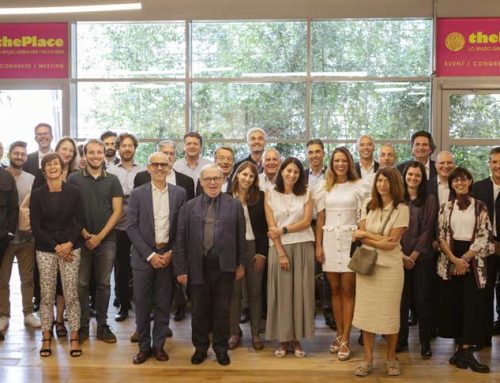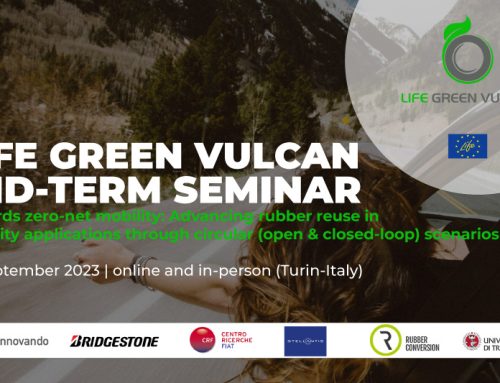02 February 2022
Teamwork at its best: promising results for implementing rubber substitutes in automotive industry
As material shortages are forcing a supply chain rethink in automotive sector, our team of experts actively works to find a solution to these and other challenges connected with the production of the most sustainable materials to be used as substitutes for virgin rubber.
European manufacturers often utilize input raw materials that are sourced in other countries and even other continents. This widespread shortage in range of materials used to make tires and car components in Europe is impacting the production and consequently accelerating the development of alternative closed-loop supply chains. Considering economic importance of this Critical Raw Material, European manufacturers are rethinking and evaluating changes in sourcing, while investigating additional supply options. To address these issues, Life Green Vulcan set itself the objective and started enthusiastically contributing to the shift of supply chains towards closed loops, with an aim of recovering valuable production offcuts and post-consumer waste.
This objective is also in line with the long-term strategy of Europe where this raw material is used to manufacture tires and products and where this material shortage is forcing the changes. Europe aims at promoting innovation to secure the supply of critical materials and promote technologies to substitute them.
How far have we come and where do we go from here?
Completed lab testing phase
The first lab testing phase is completed and the results confirm that project targets are met both in terms of concentration of recycled master batch and of overall emissions. Bridgestone reports that lab-tested static and dynamic performances of the new recycled compound for PCR tires is aligned with production specification, while potentially enabling significant performance gains in terms of key sustainability indicators due the higher than current practice content of recycled raw materials. The same findings were reported by Stellantis which is now progressing with the full material model development to simulate, through a model twin, the overall performance of the finished component in different application scenarios. Second round of tests are being carried out to establish results robustness prior to progressing to the prototyping phase to assess the material performance on the finished products through field testing. University of Trento has developed a physical modeling framework to support performance driven material design. The model will be further refined as new physics data collected from tests being undertaken will be available.
Along these lines, we are proud to confirm that in this first phase Life Green Vulcan consortium managed to achieve all the pre-defined targets related to the production of sustainable rubber materials. Teams are now building prototypes so that we could refine and validate our designs and release the best products.
We are excited to participate in the next-generation high-performance tire creation, which will simultaneously offer a solution to global environmental problems.







